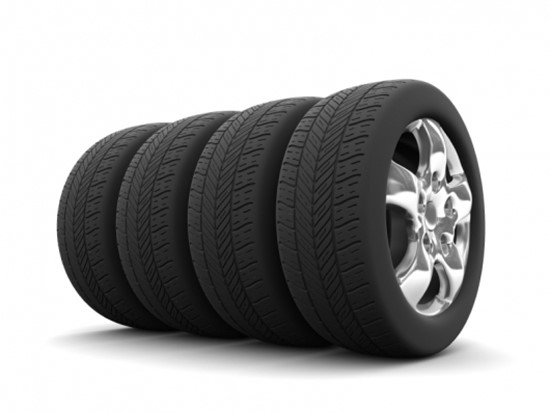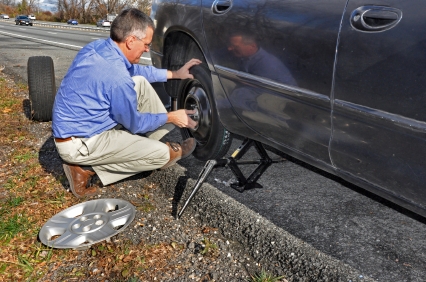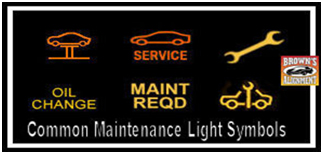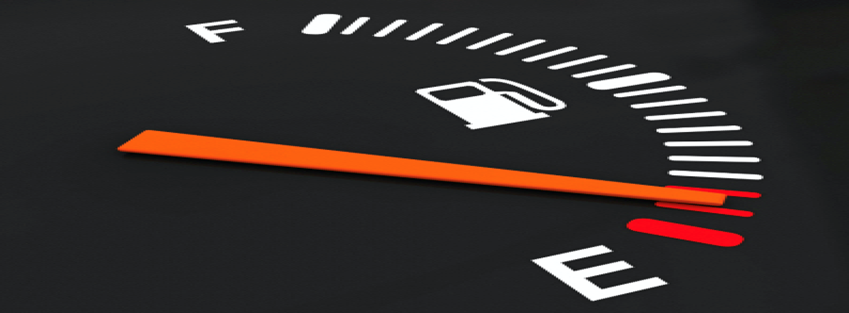They’ll Last Longer, and Help Improve Vehicle Ride, Handling and Fuel Mileage.
by Rich Ellis
Modern tires are highly engineered, vehicle specific, and composed of high-tech polymers, chemicals, metals and blended rubbers. They’re also a significant investment, affect vehicle performance, and influenced by a number of factors. Start giving your tires the attention they need by acting on the following tire-related issues.
Inflation pressure
This is one of the most important factors when it comes to tires because it affects so many different areas – including tire life, fuel mileage, and vehicle performance. Underinflated tires increase rolling resistance, forcing the engine to work harder and burn more fuel to make the tires roll down the road, and affect vehicle handling and ride. Underinflated tires also wear faster, significantly shortening their lifespan. To avoid these pitfalls, use a tire pressure gauge to check pressures weekly, but only when the vehicle hasn’t been driven for several hours as hot tires don’t provide an accurate pressure reading. The proper inflation pressure isn’t what’s listed on the tire’s sidewall but rather what’s printed by the vehicle manufacturer on a sticker on the gas tank door or on the driver’s door or door frame. Inflate tires to the recommended pressure and check them often – tire pressure can change based on temperature extremes.
Balance, rotation, and alignment
Even a brand new tire and wheel won’t have their weight distributed perfectly around the tire’s circumference. One spot on the tire and wheel will always be a little heavier than another. That’s why tire installers attach a small, metal weight to either the front or back of the wheel, giving the tire a perfect balance. Unbalanced tires will deliver a poor ride and wear quicker so make sure they’re balanced when installed and have the balance checked if you notice a weight missing or experience a significant change in ride quality.
Tires wear at different rates and in different spots depending on which wheel position they occupy. That’s why it’s recommended that tires be rotated to a different position approximately every 7,000 miles. Doing so will even out the wear pattern and prolong tire life.
Vehicle alignment needs to be checked and realigned periodically, particularly after striking something in the road, such as a large pothole, debris, or the curb. Improper alignment will cause the tires to wear unevenly and the vehicle may pull to one side of the road or another.
Tires have an expiration date
Most drivers decide when their tires need to be replaced based on the amount of tread depth remaining. There’s another factor that should also be considered, however – the tire’s age. Tire industry experts recommend replacing tires that are six or seven years old, even if they have plenty of tread depth remaining. This usually occurs on vehicles that aren’t driven very often, such as a trailer. At that age, the tires are subject to dry rot and failure. You can determine any tire’s age by looking for the DOT code that appears on every tire sidewall. The last four numbers indicate the week and year of manufacture. So for example, 2116 indicates the tire was made in the 21st week of 2016.
In addition to performing these periodic maintenance checks on vehicle tires, it’s also important to replace tires with the size recommended by the vehicle manufacturer or the tire installer. That’s because tire size impacts a variety of vehicle systems, including speed and mileage measurements, and changing to an improper size can actually damage the vehicle.
Take care of and pay attention to your tires and they’ll reward you with a longer tire life, better ride and savings at the gas pump.



